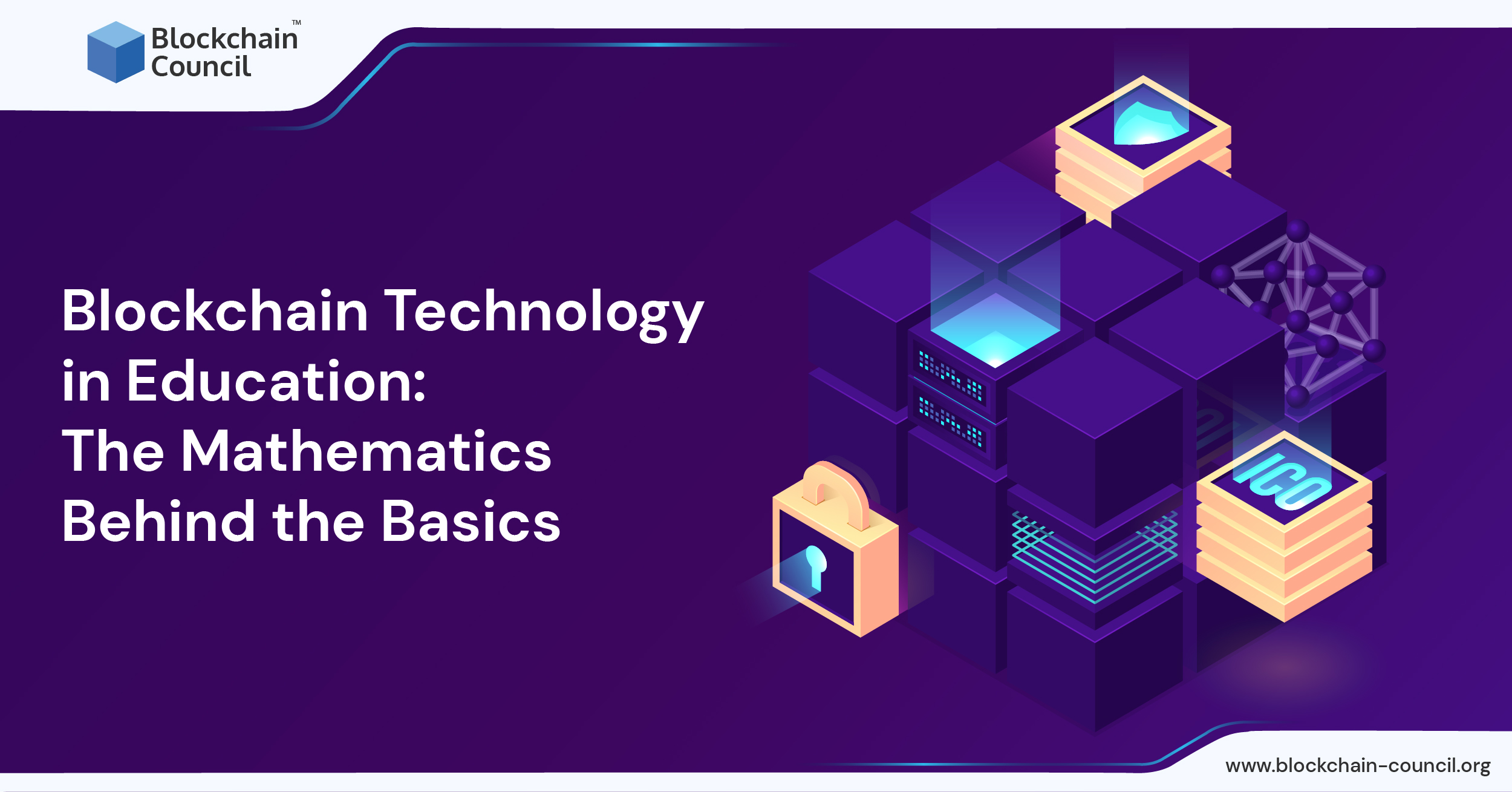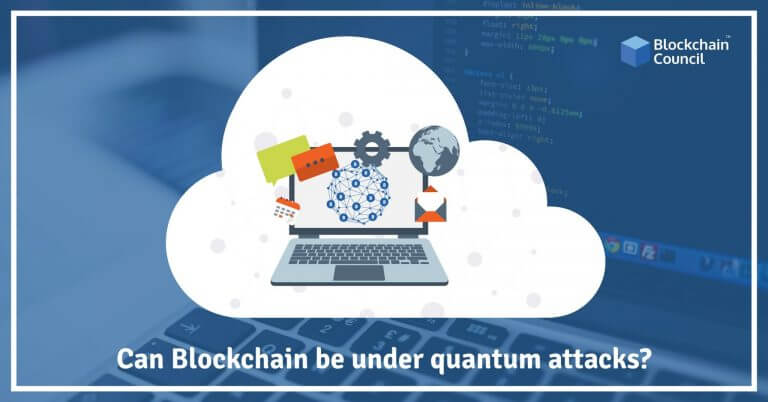
- Amber Smith
- January 22, 2024
You have probably heard of Bitcoin more than you can remember in the past few years. Some people even use it interchangeably with cryptocurrency. Well, it is a form of cryptocurrency that is part of blockchain technology. This became very popular in 2009 after Satoshi Nakamoto developed its first database. The industry has witnessed a spike in businesses utilising blockchain development services for business growth and sustainability in recent years. To know what a blockchain is, it’s all in the name. It’s a chain block that holds information. Beyond cryptocurrency mining, this article highlights how blockchain works, the problems it solves, and its usefulness in sectors like education. It also explores the mathematical concepts behind blockchains.
What does Blockchain Technology entail?
A blockchain is a database. It is a list of records or a chain of blocks with information that grows step by step. But unlike a conventional database where information is saved as a server of an individual or single business, it is shared with various parties (nodes).
It serves as an open distributed ledger. With this, they can all confirm the authenticity of changes to the existing information. Blockchain is designed in a way that each “block” is encrypted, and information already in it becomes difficult to alter. But, new information can be added. The content of each blockchain includes the block’s hash, that of the previous one, and some data. The data depends on the type of blockchain – for example, Bitcoin stores transaction histories. A block’s hash is the unique identification that recognizes it and the content therein, just like a fingerprint.
For each block, there is a hash of the previous one. Thus, if one block changes information, it alters the following ones. This creates a blockchain, and that keeps it secure. Since the transaction history of a cryptocurrency, for example, cannot be changed, users build trust in it on this basis of transparency.
Blockchain Technology in Education
Beyond a database for recording transactions, the benefits of blockchain technology extend to other aspects. This includes business, healthcare, and education. Although only a few educational institutions have adopted this technology, it is viable in the sector. Teachers now use it to store and share credentials and academic details.
Since blockchain is closely associated with mathematics, you can benefit from it as a student. Even after studying, you might find it challenging to understand complex topics like integrals, calculus, algebra, and others. In this case, you can easily get your math homework answers from a trusted platform while learning other ways to apply the formulas. Getting math help will save you time and help you develop better ways to solve your math questions from other people’s perspectives.
Blockchain in education has digitized student records, one of the most cumbersome activities of any college or university. With this, their grades can be updated, transcripts issued, students access their records securely, and teachers are saved from stress. The school can also save the information on a blockchain instead of issuing a paper diploma or degree document.
A university can store vital information like curricula, subjects, regulatory documents, and others on a blockchain-based cloud service. This technology can help a course instructor form a smart contract, charting a list of tasks needed for the completion of the course. Once a student finishes a task, the smart contract confirms it.
Blockchain in education can also help to create a digital exam. With limitations like the Covid-19 pandemic, students can write exams using a smart contract. The teacher already puts the exam paper, answer key, and scoring pattern. The responses can also be graded digitally.
Blockchain technology can significantly help you in the field of computer science. It can also assist with your essay tasks. Learning about cryptocurrency technology while on campus can also provide you with a source of extra income. Understanding the importance of blockchain in education can help you realize your full potential even as a student.
In exploring the transformative potential of Blockchain Technology in Education, harnessing innovative resources like Exam Labs becomes pivotal for seamless integration and successful outcomes.
The Mathematics Behind the Basics of Blockchain
Understanding the mathematics behind blockchain and cryptocurrency technology is interesting and has been very beneficial in recent years. The mathematical concepts behind blockchain include hash tables and public key encryption (cryptography).
Hash tables and functions are common terminologies in the field of computer science. A hash table is a technique under the aspect of computer science that focuses on exploring techniques used in creating lists on a computer. The unique number (key) of an item on a list and the list size are input as values of a hash function. The result of this is the index. That is, the number representing it on the list (first, second, etc., on a student record, for example).
Hence, the hash function obtains the remainder by dividing the key number by the total number of items on the list. If a new item is to be added, the computer does a quick calculation and finds an empty slot instead of searching manually.
Public key encryption involves every party having a public and private key. These are mathematical functions as inverses of one another. A party sends an encrypted message utilizing the other party’s public key while the recipient decrypts it with his private key.
Final Thoughts
The formation of blockchain technology finds its bases in mathematical calculations. Its usefulness transcends encrypting information and cryptocurrency mining. It is a great technological tool that can positively transform the education sector.





































































 Guides
Guides News
News Blockchain
Blockchain Cryptocurrency
& Digital Assets
Cryptocurrency
& Digital Assets Web3
Web3 Metaverse & NFTs
Metaverse & NFTs
